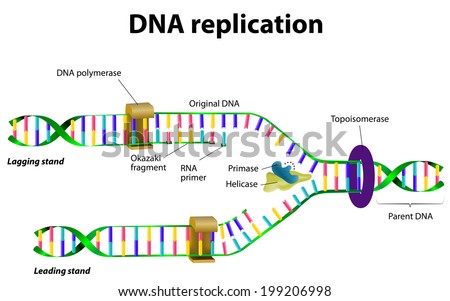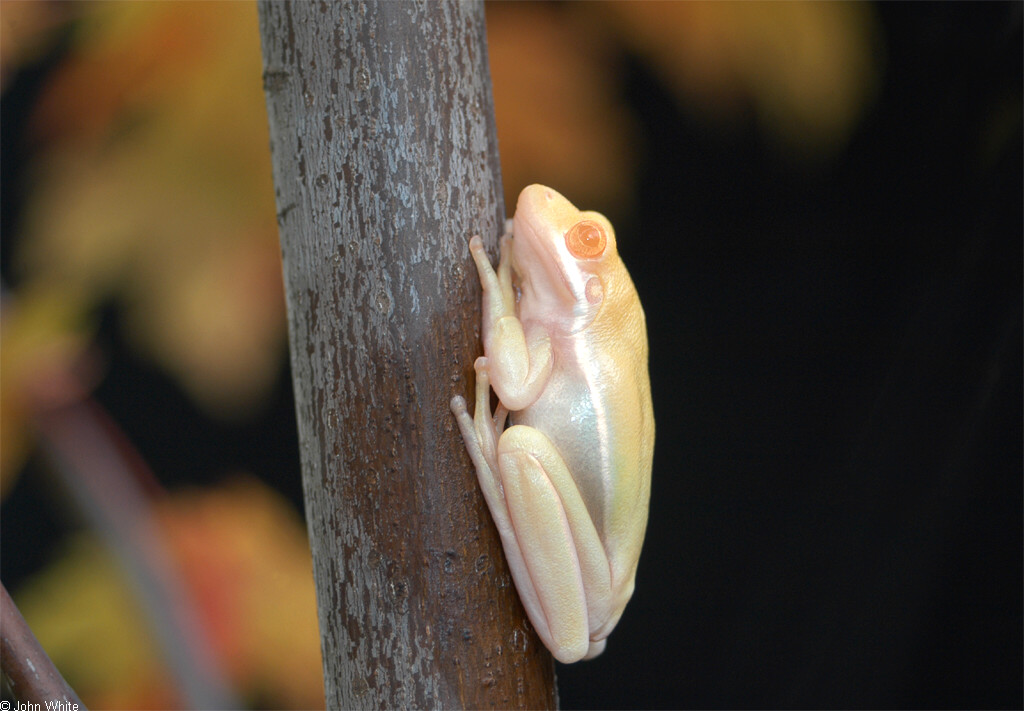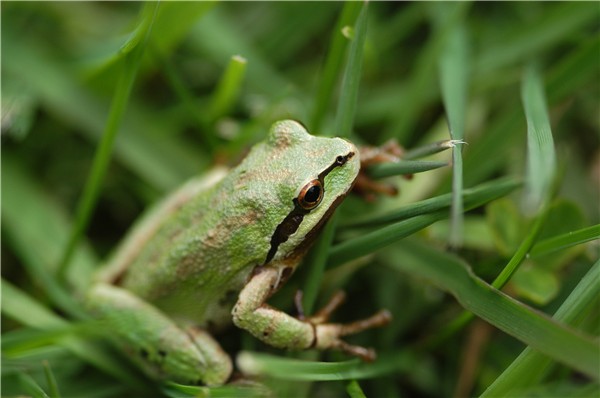In this lab we asked the question, "How can DNA be separated from cheek cells to order to study?". First, We used Gatorade as a
polar liquid and swirled it in our mouth and mixed it with salt and dish soap. We also added pineapple juice to the solution before mixing it with alcohol for its
catabolic protease effects to break down the proteins that the DNA molecules wraps itself around.We then added cold alcohol, a
nonpolar substance so the DNA would fall out of the solution and
precipitate, or to cause a substance to be deposited in solid form from a substance. If the steps were followed properly, then the DNA should have floated up to the top of the solution and hovered in the nonpolar alcohol solution. There are three steps for DNA extraction
homogenization, lysis and
precipitation. IF the whole lab worked out and we had our DNA sample, we were given a option to use a transfer pipette to move the DNA to a small container to carry around.
Some possible errors that could have occurred while doing this lab were mixing the right amount of liquid into the solution, mishandling the solutions, and maybe even not being a human being, cause then you would not have any DNA. I know for a fact that I ruined my sample for I added the alcohol too fast and it mixed in with my DNA Gatorade juice. That totally ruined my DNA because instead of floating to the top, it was stuck in the middle bobbing up and down and totally confused. Another mistake that could have happened was there were no set amounts of Gatorade or anything to say how much we could add, it was all up to the group and person, and if we had a set control measurement, then the results of the lab may have been more similar.
We did this lab to help us understand how DNA works and how knowing how DNA unravels we can learn how it is made. We also did this lab as an alternative to learning out of a book how DNA is made. Somethings I learned from this lab that I didn't know before was what homogenization meant, and that DNA had proteins called
histones. I relate this to the vodcast we did about how DNA copies itself. Since we did this lab we can maybe go further into the DNA we produce and look at maybe comparing the DNA samples of different species. Here are some pictures from our lab:
Here is a funny pun:
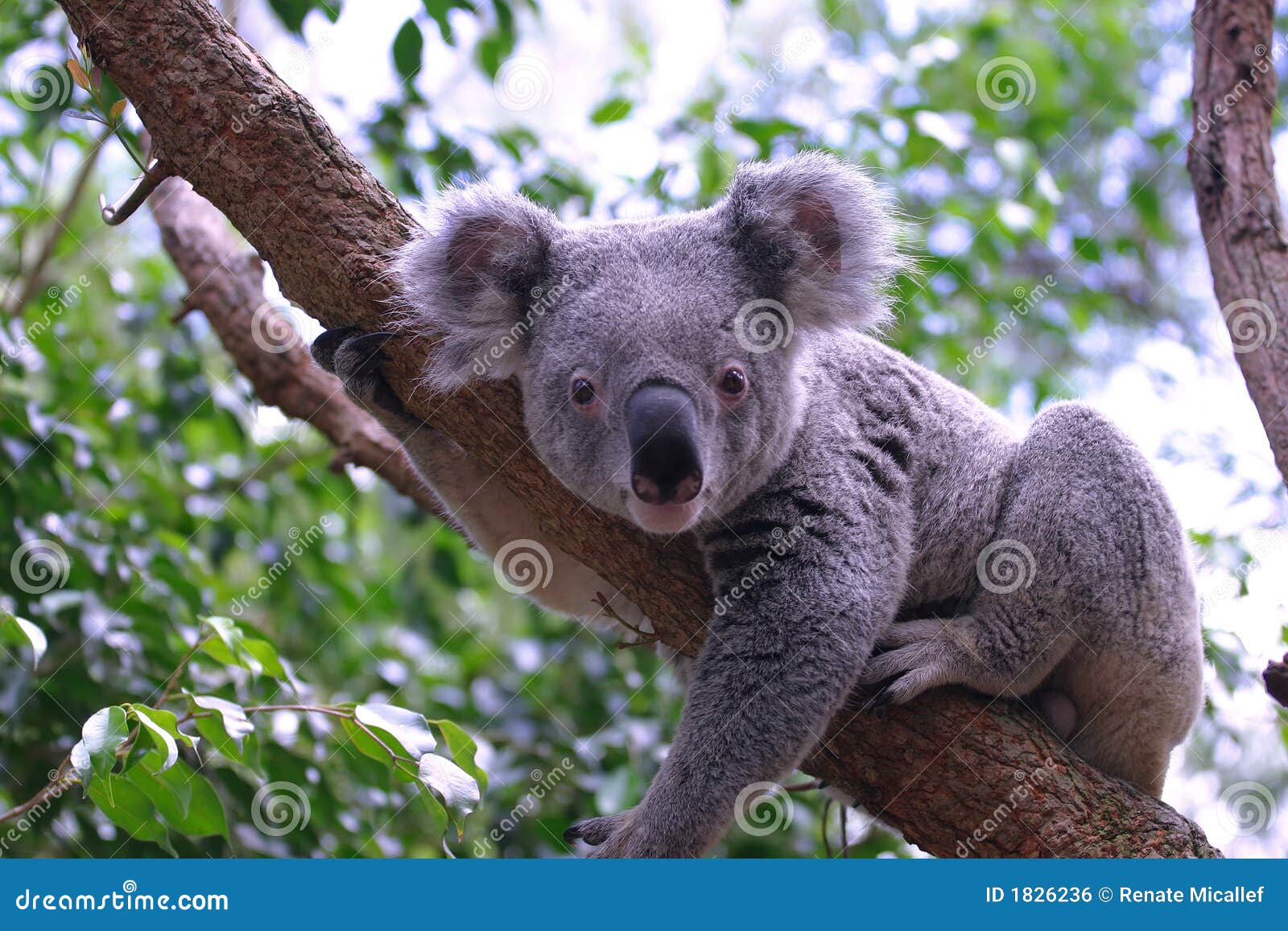
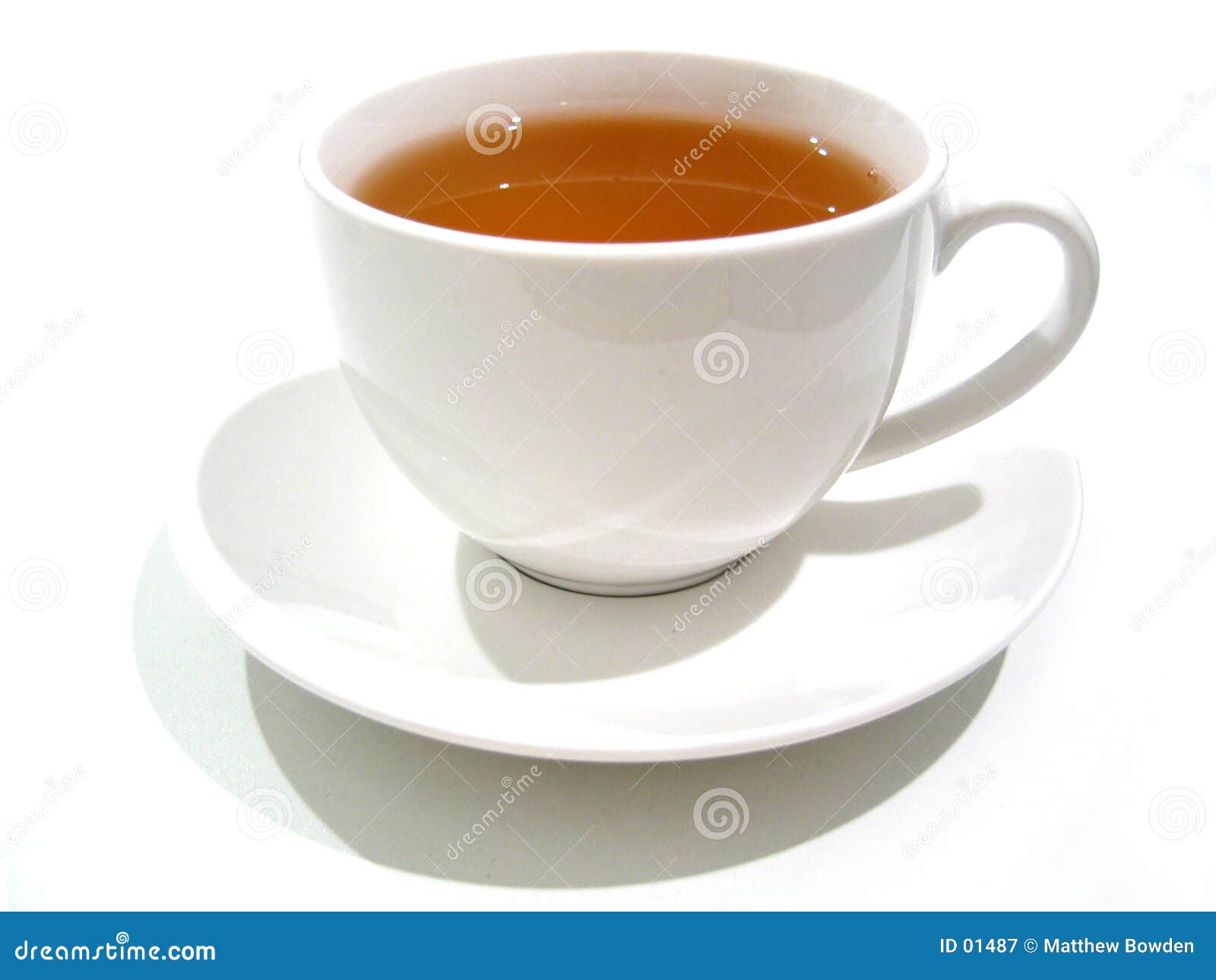
I guess you could say this write-up was KOALA- TEA.
